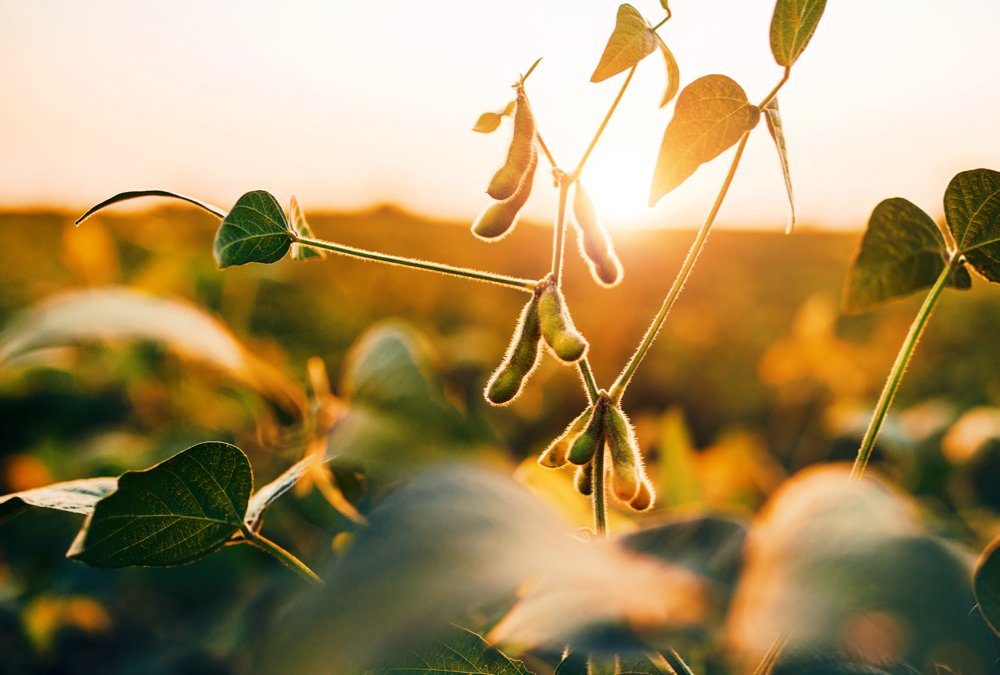Is this the year for double-crop soybeans?

Are high commodity prices a temptation to try double-crop soybeans?
More growers are considering the option this year, but experts remind producers not to let the prospect of good returns overshadow inherent risks.
Why it matters: Double-cropping soybeans could complement sky-high prices. But there’s no guarantee of a crop and the opportunity to improve fields by other means is lost.
“I’ve heard more people say ‘double-crop’ than I ever have before,” says Emma Epp, an agronomist with Epp Ag Solutions, based in the Leamington area, referring largely to growers in Ontario’s most southern counties.
Second crop soybeans are planted after winter wheat harvest, but for Epp, the period following winter wheat is the best time to “right any wrongs” committed over the previous few years.
Supplanting plans to improve soil through variable-rate fertility, cover crops, or by some other means needs to be carefully considered. If the double-crop direction is chosen, she encourages growers to order seed early to avoid availability constraints.
“If that’s what you want to do, really weigh the gains and losses financially versus what you are gaining agronomically on your soil,” she says.
While warm weather in early spring indicated wheat harvest could come early, more recent cooler and wetter weather has levelled growing degree days.
With a more standard harvest likely, the time crunch to get soybeans planted in July is more concerning.
“July 20 is getting pretty late,” says Epp, adding that dry conditions post-planting and into August can be a significant problem.
“If you do plant, don’t work the soil before to maintain moisture. Add in some fertilizer if you can because you used some of it with that wheat crop.”
The deep south can sometimes get away with a July 20 deadline, but Horst Bohner, soybean specialist with the Ontario Ministry of Agriculture, Food and Rural Affairs, says July 10 is more realistic for much of the province.
He says planting date is the important consideration when it comes to yield potential. After that comes moisture at planting and through August, as well as frost risk.
Generally speaking, yields of 20 to 30 bushels per acre are a realistic goal, though yields in the neighbourhood of 40 bushels are occasionally reported.
“It’s if the weather goes with you. This is a risky proposition and there is no formula to guarantee this. You probably have a 50 to 70 per cent chance of having a decent crop to harvest, or in some cases, any crop to harvest in the fall,” says Bohner.
Variety selection is another factor. Because half the growing season has passed by mid-July, the selected variety should be one maturity group shorter than the growing area. For example, a Group 1 soybean should be grown in a Group 2 area.
Bohner says the debate surrounding the efficacy of double-cropping with long-day soybeans — the idea being they would grow vigorously until day length shortened enough — is now largely irrelevant thanks to improved genetics in short-season varieties.
He says “250,000 is the minimum (plants per acre). I might go to 275,000 if I was further north.” Bohner also reiterated that greater demand for seed could pose supply barriers.
“Even after that, it’s just kind of hope that it works out. Even if there’s no yield to be had … you have got a bit of a nitrogen credit for the following year, so at least it wasn’t a complete wasted effort.”
Source: Farmtario.com

